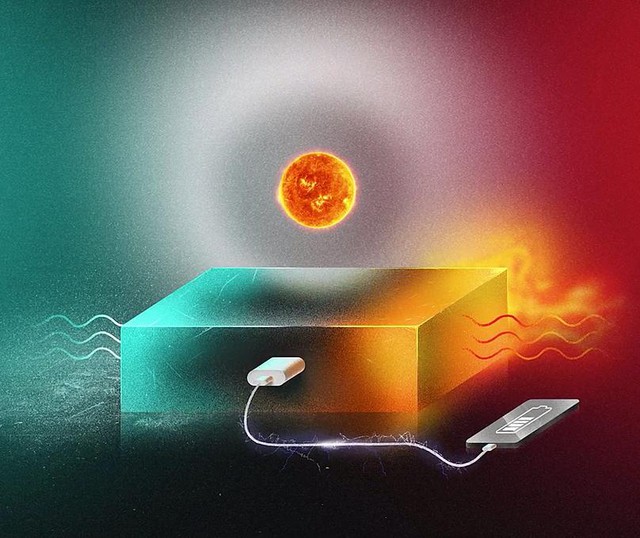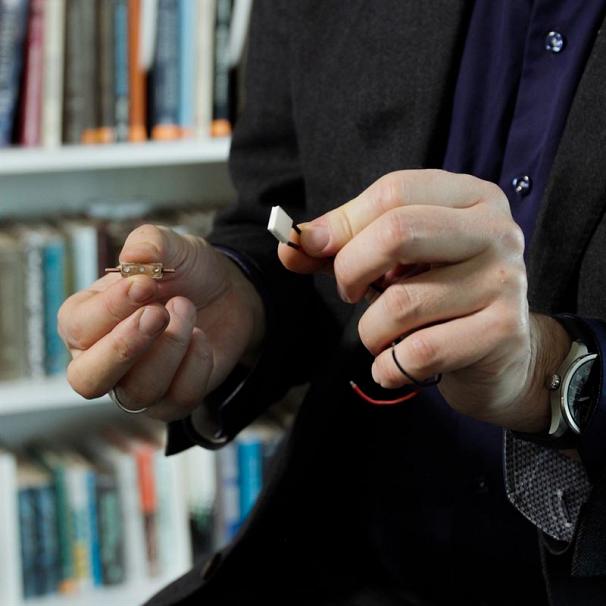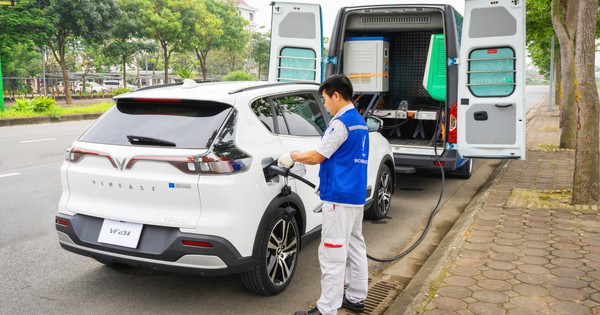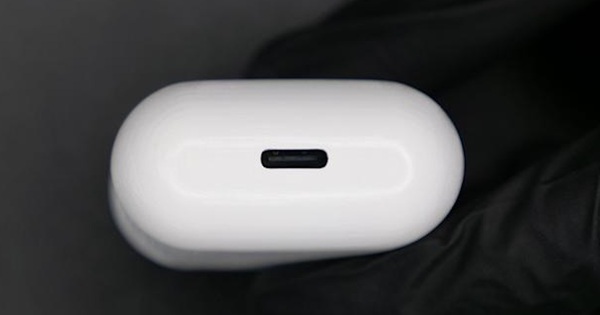Science of storing sunlight in liquid form, estimated shelf life 18 years
A new breakthrough in the energy storage industry, solar-powered electronics are getting closer and closer to everyday life.
In 2017, researchers from Chalmers University of Technology created an energy system that would receive and store solar energy for an 18-year period, and be capable of generating heat on demand. In 2022, they announced the power generation capabilities of the advanced device.

Attaching it to a heat-generating system, the Swedish team opens up the potential for self-charging electronics, using solar energy accumulated during the day.
“This is a new way to generate electricity from solar energy. That means we can use solar energy to generate electricity no matter what the weather, what time of day, what season or geographical location.,’ said lead researcher Kasper Moth-Poulsen.
The professor expressed great enthusiasm for the new research, and affirmed that the research “will be an important part of the future of energy systems“.
How to store sunshine?
As the name implies, solar energy is only useful when we see the Sun present. Fortunately, advances in technology are helping to improve the situation.
Solar panels are now more modern. There are devices made from agricultural waste, which absorb ultraviolet light even when dark clouds cover the sky, and then there is technology “night solar battery” can still operate after sunset.
However, energy storage is rudimentary, leaving the effort to store light to its full potential. This is why the Swedish research team developed the MOST system, which stands for Molecular Solar Thermal Energy Storage Systems.
Based on the ability of carbon, hydrogen and nitro to change shape when interacting with light, the research team has successfully developed a complex sunlight storage system. Compounds transition to energy-rich isomers – molecules with the same atomic number but different physical structures. The group of isomers can exist in liquid form for easy storage and transport, and can be used as a source of heat during the night or winter.

The molecules change shape when exposed to sunlight, turning into a liquid form for long-term storage.
The catalyst will release energy in the form of heat, returning the molecular group to its original state, restarting the “light charge – heat discharge” loop. After years of effort, the team has refined the system to the point of storing energy for 18 years (estimate).
An ultra-thin chip turns stored solar energy into electricity
The model described in the research report is more modern than before. The team brought the number of atoms full of solar energy to scientists working at Shanghai Jiaotong University. The Asian team of experts was able to turn solar energy into abundant electrical energy.
Basically, Swedish sunshine is sent to the other side of the Earth, for Chinese experts to turn into electricity.

Connected to a thermoelectric generator just a micrometer thick, the MOST system was able to generate electricity.
“The transmitter is an ultra-thin chip that can be integrated into electronic devices such as headphones, smart watches or phones.”, said researcher Wang Zhihang from Chalmers University of Technology. “So far, we have been able to generate a small amount of electricity, but the new results show that the model works. Very potential“.
According to scientists, devices that store sunlight and produce electricity can replace conventional batteries and solar cells in the future. This will be the most subtle way to utilize the sun’s rays ever.
Before the system becomes mass-produced, researchers will need to figure out how to produce it efficiently. The parties said that although the system uses simple components, it still needs time to adapt new technologies and new materials to existing models.
According to Euronews
at Blogtuan.info – Source: genk.vn – Read the original article here



